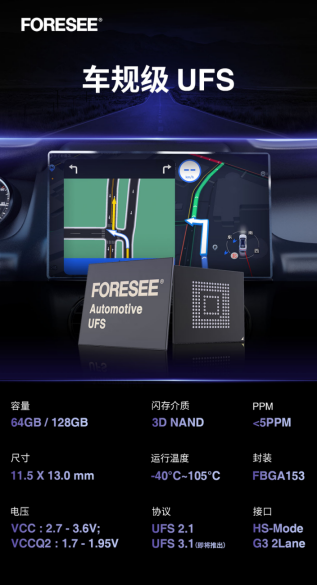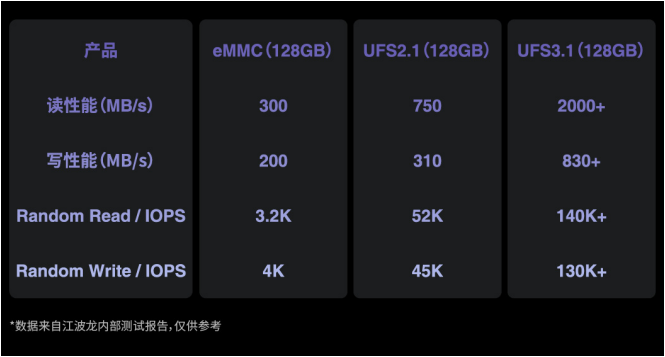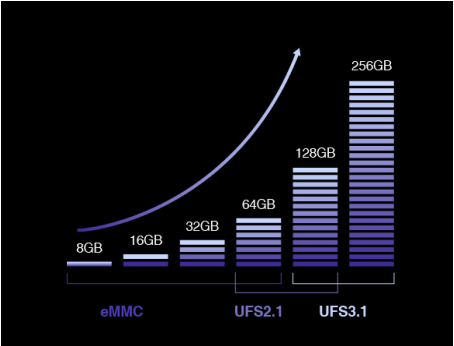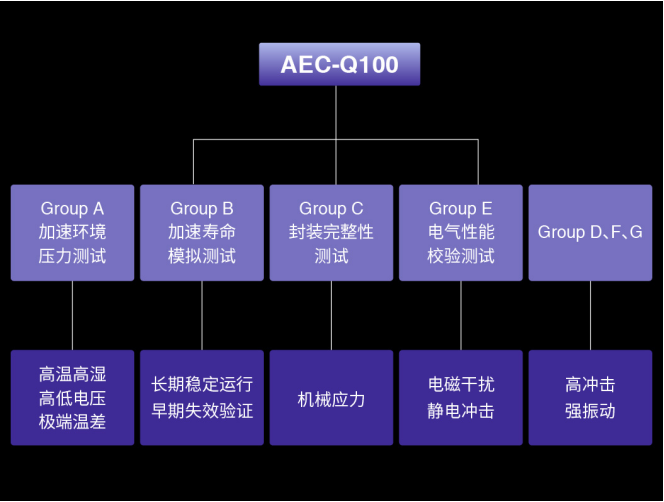The automotive electronic architecture has evolved from the ECU era to the domain controller era, and then to the future evolution of the central computing era. The high standards and strict requirements of smart car integration, computing power, and data transmission make the reliability, stability, read and write of the memory Performance has become a joint research topic between auto manufacturers and storage manufacturers.
Recently, Longsys seized the opportunity of automotive storage and officially released the first automotive-grade UFS in mainland China, providing automotive manufacturers with storage products that are more suitable for high-end automotive application scenarios.

Car-level UFS: There is Bole in the world, and then there is Maxima
For the memory currently mainly used in smart cars, although eMMC still leads the global market in terms of market share, its product performance has reached the upper limit. The development of the eMMC protocol cannot bring about a qualitative leap, and it is difficult to match the higher requirements of the market. Application scenarios, and “changing the core” is the only way for car storage, and the voice of car-grade UFS “on the car” is becoming more and more obvious.
From Longsys’ internal measured data, it can be seen intuitively that in terms of data transmission, the write performance of FORESEE car-grade UFS 2.1 is 1.5 times higher than that of eMMC, and the read performance is 2.5 times higher. Looking at UFS 3.1, the read performance is more than 6 times higher than that of eMMC, and the write performance is as high as 4 times. In terms of IOPS, compared with eMMC, UFS has a gap of tens of times, which can effectively reduce transmission delay and thus improve the storage speed of in-vehicle applications. In addition, the car-grade UFS package is consistent with the size of eMMC, which is convenient for car manufacturers in need to switch seamlessly.
UFS and eMMC measured performance comparison:

On the other hand, with the increase in the loading rate of various in-vehicle systems and the popularization of smart cockpit technology, the demand for storage capacity has also risen from 8-16GB to 32GB-64GB. And highly integrated vehicle terminal, it can be predicted that 128GB ~ 256GB will stand in the “C position” in the near future. Facing the trend, the car-grade UFS launched by FORESEE this time can provide two capacity options of 64GB and 128GB, which not only satisfy the “present” but also see the “future”.

The “actual combat” gap between car-level UFS and eMMC is obvious
Smart car applications can be simply summarized into three aspects: car networking, car cockpit and assisted driving. In-car central control navigation, infotainment, car black box, advanced assisted driving (ADAS), digital instrument panel, T-box, driving records Instruments and other components require the deep participation of storage devices.

Taking the application scenario of ADAS (Advanced Driver Assistance System) as an example, ADAS needs to collect a large amount of complex road conditions and environmental information around driving in real time. With the increase in the number of cameras and cameras, the amount of collected information is soaring, and the collected data information needs to be transmitted, stored, identified, analyzed, judged and made decisions.
Under this condition, ADAS has made a qualitative leap in the continuous reading and writing and multi-channel reading and writing requirements of storage devices. However, in the car-grade eMMC, these two key data cannot surpass UFS. When ADAS is upgrading to a higher level, the early ADAS that uses eMMC as car storage may experience increased delay and response speed that cannot meet the application scenario, directly affecting the user’s driving experience and even involving driving safety issues. Therefore, at the current stage, choosing the FORESEE car-grade UFS with faster reading and writing is bound to become a forward-looking move for automakers.

AEC-Q100, “Safe Ride Code” for Memory
AEC-Q100 is one of the basic verification standards for automotive memory chips. This standard has been iteratively updated in multiple versions. At present, 7 major items and a total of 41 minor items have been formed. Reliability verification standards. Almost all the reliability challenges faced by automotive storage can be found in the corresponding verification items in AEC-Q100. In other words, passing the standard verification is equivalent to obtaining the “ticket” to enter the car factory.

FORESEE car-grade UFS adopts original car-grade resources and high-quality components, cooperates with Longsys self-developed firmware algorithm, and rigorous reliability standard verification test, which can effectively ensure that the product can be used at high and low temperatures from -40°C to 105°C Long-term, stable, and reliable operation while ensuring data security.


The next stop of FORESEE car-grade UFS
At present, the FORESEE car-grade UFS 2.1 version can meet the basic needs of customers for iterating from eMMC to UFS storage. The 128GB and 256GB products of FORESEE car-grade UFS 3.1 will also be launched successively, and the read and write performance will be improved. With breakthrough growth, power consumption and delay will be further reduced, which is more conducive to the continuous rise of the smart car storage track.



